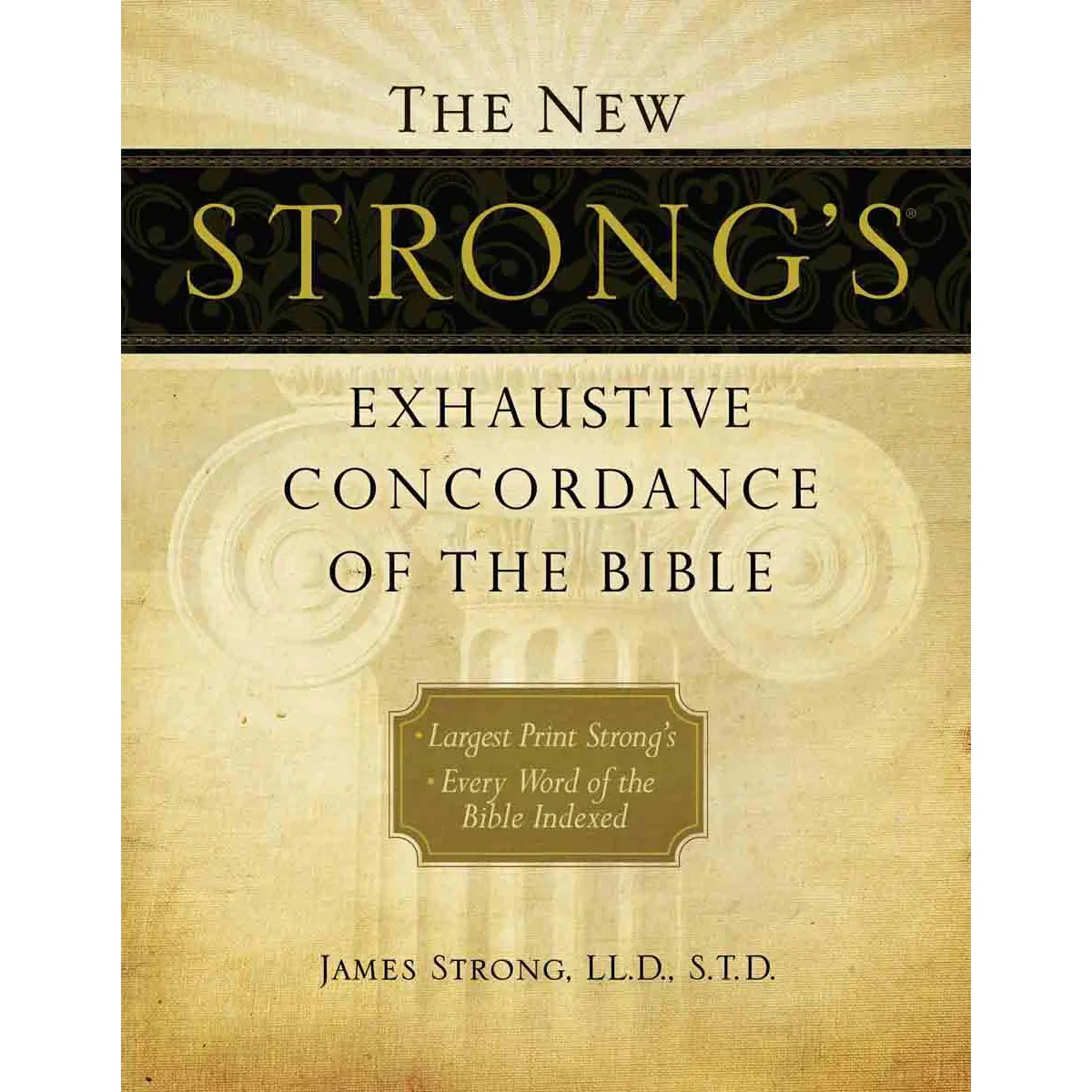Hebrew Bible
New Testament
Hebrew Bible
New Testament
Pronunciation Guide: or-THOS (with a soft ‘th’ as in “think”)
Quick Answer: ὀρθός (orthos) means “straight,” “upright,” or “correct” – describing both physical straightness and moral righteousness that aligns with God’s perfect standard of truth and justice.

ὀρθός

g3717
orthos (or-thos’) adj.1. upright (as rising)2. (perpendicularly) erect3. (figuratively) honest4. (horizontally) level or direct[probably from the base of G3735]KJV: straight, upright Root(s): G3735
Strong’s G3717: ὀρθός fundamentally means “straight,” “upright,” “erect,” or “correct.” This powerful Greek word describes something that stands in proper alignment – whether physically straight like a building or morally upright like righteous character. In biblical contexts, ὀρθός carries the profound meaning of conformity to divine standards, representing the kind of straightness that reflects God’s own perfect nature. The word encompasses both external correctness and internal integrity, pointing to the transformation that occurs when human lives align with Heaven’s standard.
Key Insight: ὀρθός reveals that true uprightness isn’t just moral behavior – it’s divine alignment that transforms our entire being.
The word ὀρθός has a rich heritage stretching back through classical Greek literature, where it described everything from properly erected buildings to correct philosophical reasoning. Homer used it in the Iliad to describe warriors standing upright in battle formation, while Plato employed it philosophically to denote correct thinking and right reasoning. Aristotle frequently utilized ὀρθός when discussing ethical uprightness and proper conduct in his Nicomachean Ethics.
In the Septuagint, ὀρθός takes on profound theological significance as it translates Hebrew words like יָשָׁר (yashar, meaning straight or right) and צַדִּיק (tsaddiq, meaning righteous). This transformation elevated the word from merely describing physical straightness to embodying moral and spiritual alignment with יהוה’s (Yahweh’s) character. The Septuagint translators understood that true uprightness must reflect divine standards, not human opinions.
Early church fathers like John Chrysostom and Augustine embraced ὀρθός as describing the transformed life that results from walking in the Messiah’s footsteps. They recognized that this uprightness wasn’t achieved through human effort alone but through divine grace that straightens what sin had made crooked.
Historical Summary: ὀρθός evolved from describing physical straightness in classical Greek to representing divine moral alignment in biblical literature.
Translation Tip: Context determines whether ὀρθός emphasizes physical position, moral character, or doctrinal correctness – all reflecting divine standards.
ὀρθός Translation Options:
Throughout the New Testament, ὀρθός appears in contexts emphasizing restoration, healing, and alignment with God’s purposes. The word frequently describes the miraculous transformation that occurs when the Messiah’s power encounters human brokenness. In Acts 14:10, Paul commands the lame man to “stand upright” (ὀρθός), demonstrating how divine power straightens what disability had made crooked.
The Septuagint usage reveals ὀρθός as describing the character of those who walk in covenant relationship with יהוה (Yahweh). The psalmists celebrate the ὀρθός person as one whose heart aligns with divine truth, whose paths follow Heaven’s direction, and whose life reflects the Creator’s own righteousness. This uprightness becomes both a gift received through faith and a character trait developed through walking closely with the Almighty.
The apostolic writings employ ὀρθός to describe the transformation that occurs in believers’ lives – not merely external conformity to religious rules, but genuine alignment of heart, mind, and actions with the Messiah’s character. This uprightness flows from intimate relationship with the One who is perfectly straight and true.
Usage Summary: Biblical ὀρθός describes divine transformation that straightens physical disabilities, moral crookedness, and spiritual misalignment with God’s purposes.
Cross-reference verses using ὀρθός:
In ancient Mediterranean culture, physical uprightness carried profound social and spiritual significance beyond mere posture. A person who could stand ὀρθός possessed dignity, honor, and the ability to participate fully in community life. Conversely, those bent over by disease, disability, or age often experienced social marginalization alongside their physical limitations. When the Messiah healed people and commanded them to stand ὀρθός, He was restoring not just physical function but social dignity and spiritual standing.
The Jewish understanding of uprightness connected deeply to the concept of walking before יהוה (Yahweh) with integrity. Hebrew sages taught that the ὀρθός person walks the straight path of Torah, never deviating to the right or left from divine commandments. This uprightness wasn’t rigid legalism but flowing alignment with the Creator’s heart, like a tree growing straight toward the sun. The rabbis understood that true uprightness comes from loving יהוה (Yahweh) with all one’s heart, soul, and strength, resulting in natural alignment with His ways.
Cultural Context: ὀρθός represented complete restoration – physical healing, social dignity, and spiritual alignment with divine purpose in ancient society.
The concept of ὀρθός reveals profound truths about our Heavenly Father’s character and His heart toward humanity. God Himself is perfectly ὀρθός – absolutely straight, utterly trustworthy, and completely aligned with truth and righteousness. Unlike human standards that shift with culture and opinion, the Divine standard of uprightness remains eternally consistent because it flows from His unchanging nature. When Scripture describes God’s ways as ὀρθός, it’s declaring that every aspect of His character, every decision He makes, and every path He establishes leads to perfect outcomes.
The healing miracles where the Messiah commanded people to stand ὀρθός demonstrate God’s passionate desire to restore what sin and brokenness have damaged. Our Heavenly Father doesn’t merely tolerate our bent and broken condition – He actively works to straighten every aspect of our lives that has become crooked through the fall. This divine uprightness isn’t cold perfection but warm, restorative love that refuses to leave us in our brokenness.
Most beautifully, ὀρθός reveals that God’s ultimate goal isn’t just our moral improvement but our complete transformation into His likeness. Through the Messiah’s finished work, we’re not just forgiven – we’re made upright, able to stand confidently in the presence of perfect holiness because His righteousness has become our own.
Theological Core: ὀρθός reveals God as the perfect standard who transforms crooked humanity into His upright image through redemptive love.
Understanding ὀρθός challenges us to examine both our external posture and internal alignment with God’s character. Just as the lame man in Acts had to respond to Paul’s command to stand upright, we must actively cooperate with the Holy Spirit’s work to straighten areas of our lives that have become bent through sin, compromise, or spiritual neglect. This might involve confessing hidden sins, realigning priorities that have shifted away from Kingdom values, or standing courageously for truth in situations where we’ve previously remained silent.
The call to ὀρθός living isn’t about perfectionism or rigid rule-keeping, but about cultivating genuine intimacy with the One who is perfectly straight and true. As we spend time in His presence, study His Word, and submit to His loving correction, our lives naturally begin to reflect His uprightness. Like a plant naturally growing toward the light, hearts that consistently turn toward the Messiah gradually align with His character and purposes.
Self-Examination Questions: What areas of my life need divine straightening? How can I cultivate greater alignment with God’s character? Where am I being called to stand upright for His truth?
ὀρθός reminds us that the Gospel doesn’t just forgive our crookedness – it transforms us into living demonstrations of God’s perfectly straight character, enabling us to stand upright in His presence and walk in divine alignment with His eternal purposes.
Note: While this entry strives for accuracy, readers engaged in critical research should verify citations and keyword occurrences in their Bible translation of choice. For Biblical citations, the F.O.G Bible project recommends Logos Bible software.
Strong's g3717
God's Word is too vast for a single perspective. We all have a story, and as believers we all carry the Holy Spirit who is the Revealer. With this in mind - I would love to read your comments.